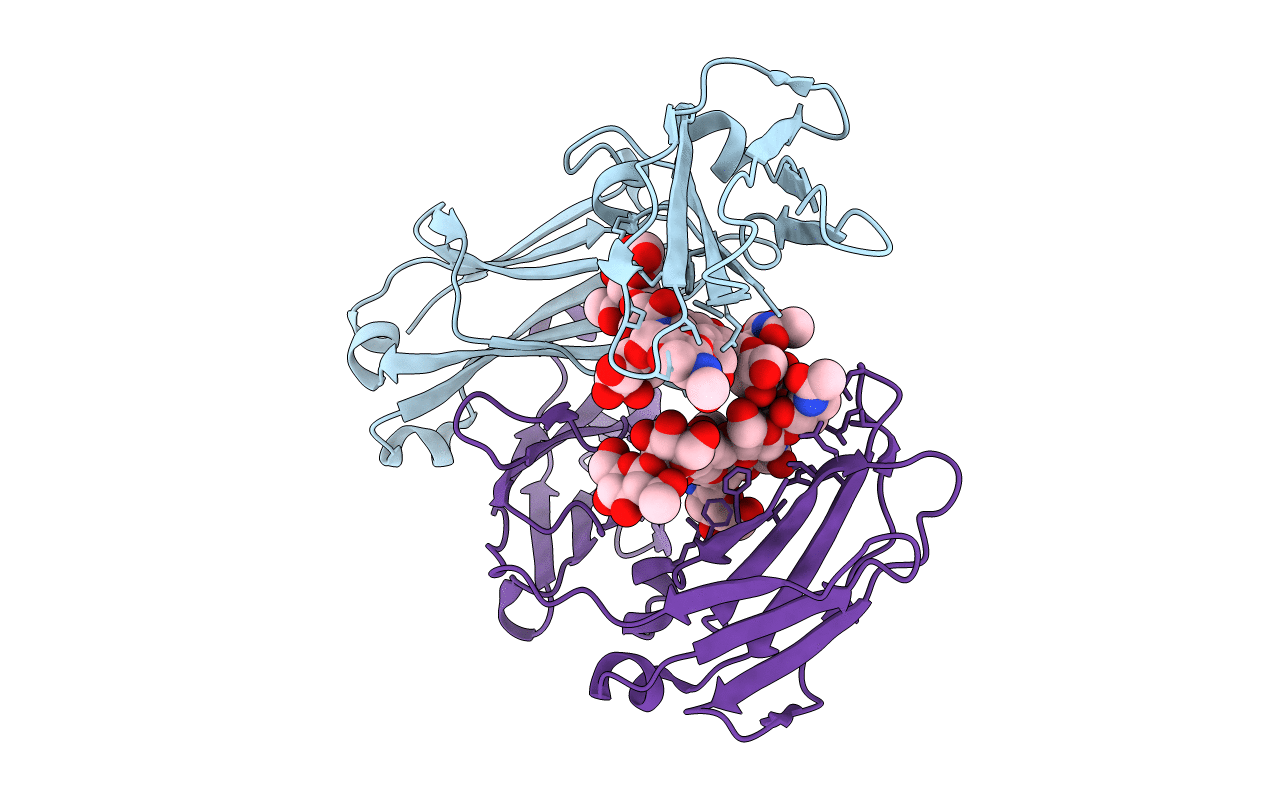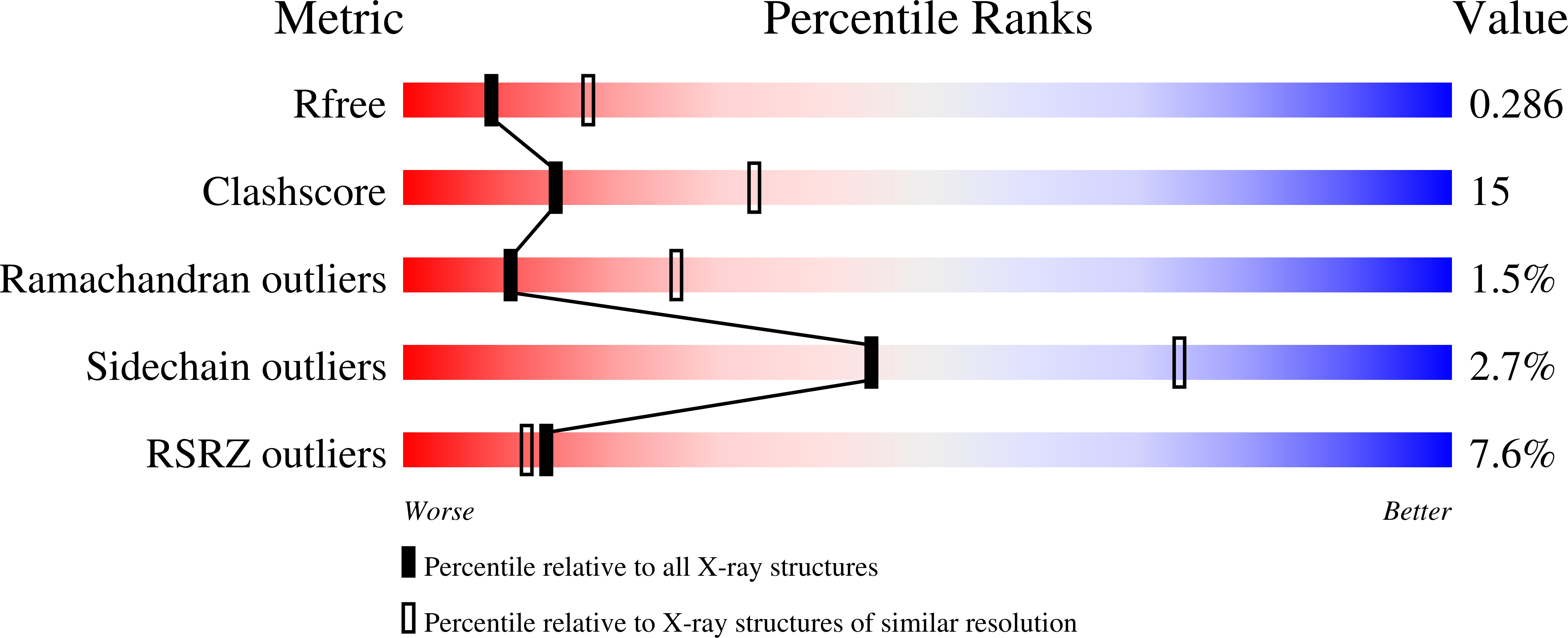
Deposition Date
2001-01-31
Release Date
2001-02-14
Last Version Date
2024-11-13
Method Details:
Experimental Method:
Resolution:
2.70 Å
R-Value Free:
0.27
R-Value Work:
0.24
Space Group:
P 1 21 1


